The unique characteristics of Tibetan butter tea, a staple in the high-altitude regions of the Himalayas, have long fascinated scientists and food enthusiasts alike. Among its many intriguing properties, the fat globule size in this traditional beverage plays a crucial role in determining its texture, stability, and nutritional profile. Recent studies have begun to unravel the complex interplay between these microscopic fat particles and the overall quality of the drink.
At the heart of Tibetan butter tea lies yak butter, a rich source of fats that undergoes a meticulous churning process. The resulting fat globules, dispersed throughout the tea, create a distinctive emulsion that sets this beverage apart from other dairy-based drinks. Researchers have discovered that the average diameter of these fat globules typically ranges between 2 to 10 micrometers, a size range that contributes significantly to the tea's creamy mouthfeel and stability at high altitudes.
The production method, passed down through generations of Tibetan nomads, appears to be perfectly adapted to create optimal fat globule sizes. The vigorous churning action, combined with the unique composition of yak milk fat, produces a remarkably stable emulsion that can withstand the challenging environmental conditions of the Tibetan plateau. This traditional knowledge, now being examined through scientific lenses, reveals an impressive understanding of food physics that predates modern emulsion science by centuries.
Comparative studies with other dairy products show that the fat globules in Tibetan butter tea maintain their structural integrity far longer than those in conventional milk or cream. This exceptional stability may be attributed to the presence of natural emulsifiers in yak milk, as well as the specific mechanical action of the traditional churning process. The globules' protective membrane, composed of phospholipids and proteins, appears to be particularly resilient to breakdown, even when subjected to repeated heating and cooling cycles.
Nutritional implications of these fat globules are equally fascinating. The specific size distribution allows for efficient digestion and absorption of fats in the harsh high-altitude environment where the beverage originated. Researchers hypothesize that the globule size may influence the bioavailability of fat-soluble nutrients, making them more accessible to the body during the digestive process. This could explain, in part, why Tibetan butter tea serves as such an effective energy source in cold, oxygen-poor environments.
Modern analytical techniques, including laser diffraction and microscopy, have enabled scientists to map the complete size distribution of fat globules in various batches of butter tea. These studies reveal that the most prized versions of the drink consistently show a particular bimodal distribution pattern, with peaks around 3 and 7 micrometers. Artisan producers, though unaware of these exact measurements, have developed empirical methods to achieve this ideal distribution through subtle variations in churning speed and duration.
The temperature at which the butter is incorporated into the tea appears to be another critical factor affecting globule size. Traditional methods call for precise temperature control during the emulsification process, typically maintaining the mixture between 60-70°C. This thermal window seems to promote the formation of globules in the optimal size range while preventing excessive coalescence that would lead to an unpleasant greasy texture.
Cultural significance of these physical properties shouldn't be underestimated. The perfect butter tea, with its characteristic globule size distribution, represents more than just nourishment—it embodies centuries of accumulated wisdom about surviving in one of Earth's most challenging environments. The ability to consistently produce fat globules of the right size and stability was likely a matter of life and death for nomadic communities, making the knowledge surrounding its production particularly sacred.
Contemporary food scientists are now looking to Tibetan butter tea as a model for designing new functional foods and beverages. The remarkable stability of its emulsion system, achieved without modern additives or processing aids, offers valuable lessons for sustainable food production. Some researchers are even investigating whether the principles behind its fat globule formation could be applied to pharmaceutical delivery systems or cosmetic formulations.
As globalization reaches even the most remote Himalayan communities, concerns arise about preserving the authentic production methods that create the ideal fat globule structure. Commercial versions of butter tea often fail to replicate the precise emulsion characteristics of traditional preparations, typically resulting in either too large or too small fat globules that compromise the drinking experience. This has sparked renewed interest in documenting and safeguarding the indigenous knowledge associated with this unique beverage.
The study of fat globule size in Tibetan butter tea represents a fascinating intersection of food science, cultural anthropology, and nutritional biochemistry. What began as a simple analysis of physical properties has revealed a complex, optimized system developed through generations of observation and refinement. As research continues, each new discovery about these microscopic fat particles deepens our appreciation for the sophistication of traditional foodways and their potential contributions to modern science.
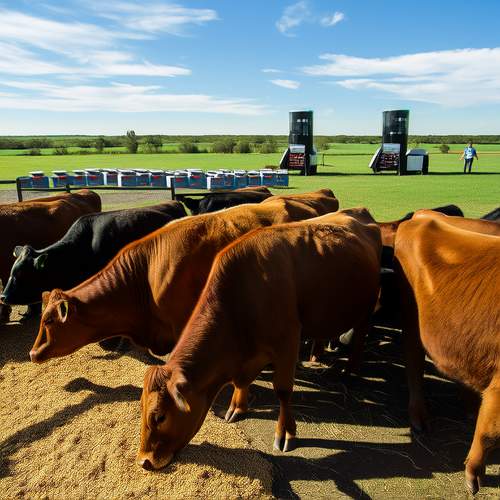
By /May 26, 2025

By /May 26, 2025

By /May 26, 2025

By /May 26, 2025
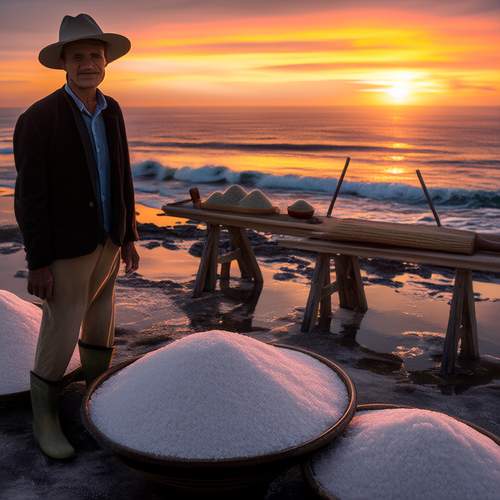
By /May 26, 2025
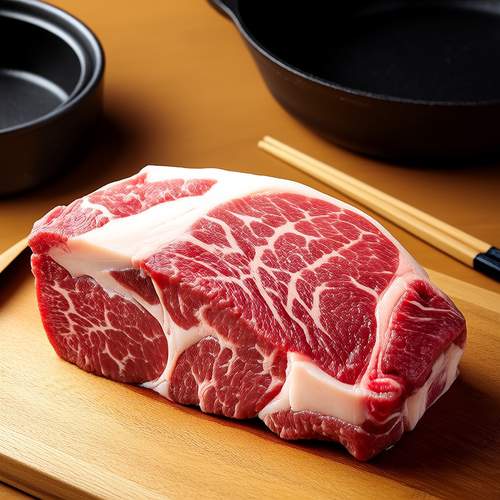
By /May 26, 2025
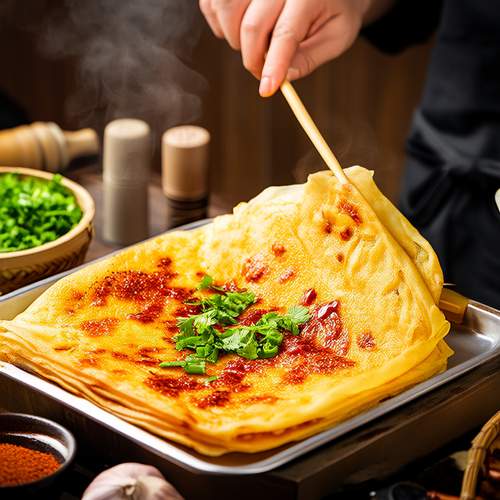
By /May 26, 2025
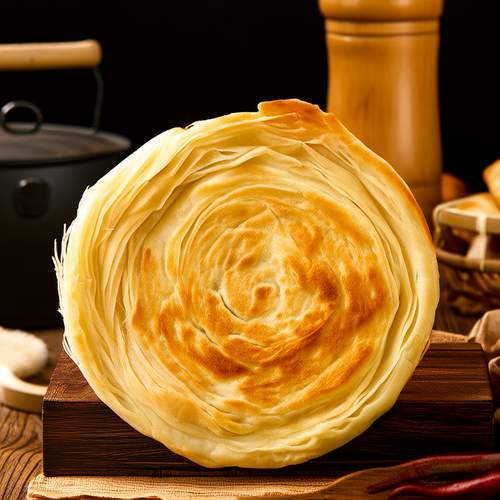
By /May 26, 2025

By /May 26, 2025
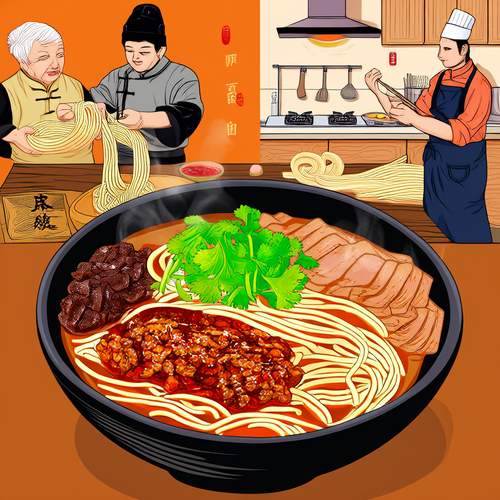
By /May 26, 2025
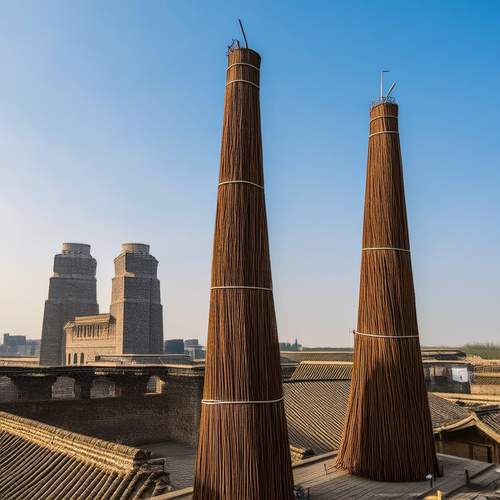
By /May 26, 2025
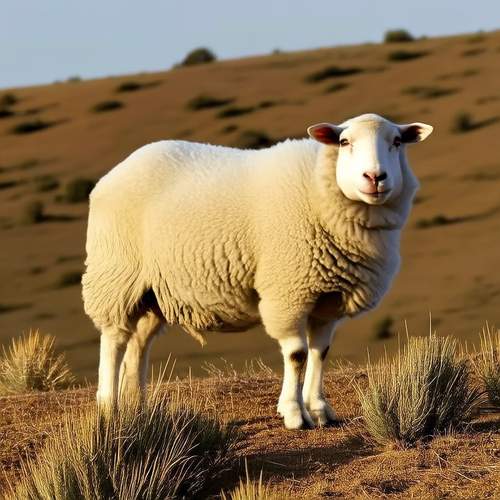
By /May 26, 2025
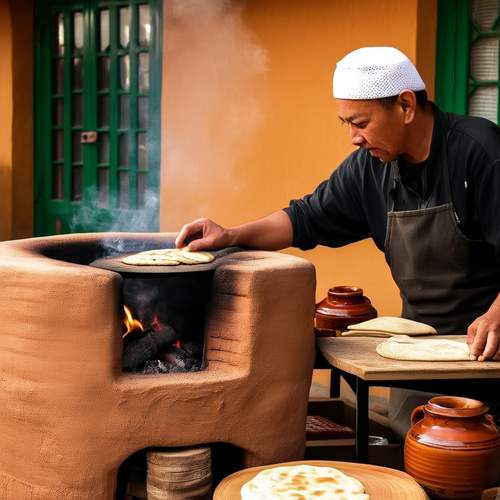
By /May 26, 2025
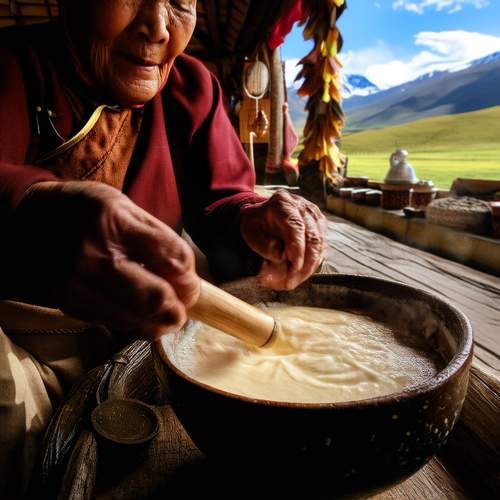
By /May 26, 2025
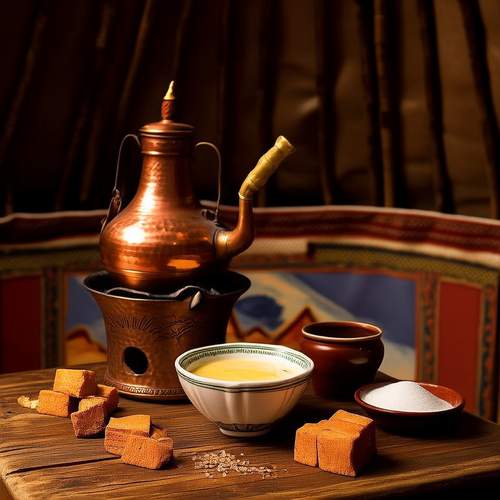
By /May 26, 2025
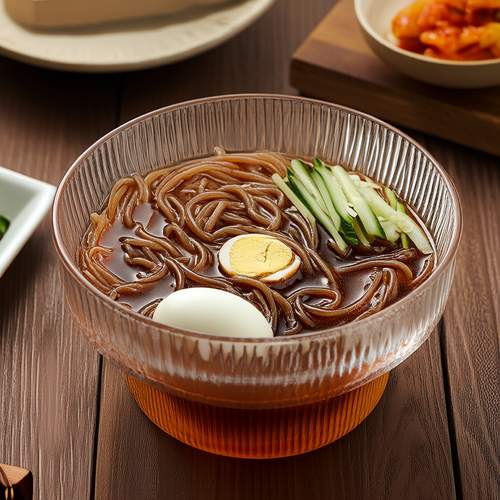
By /May 26, 2025

By /May 26, 2025
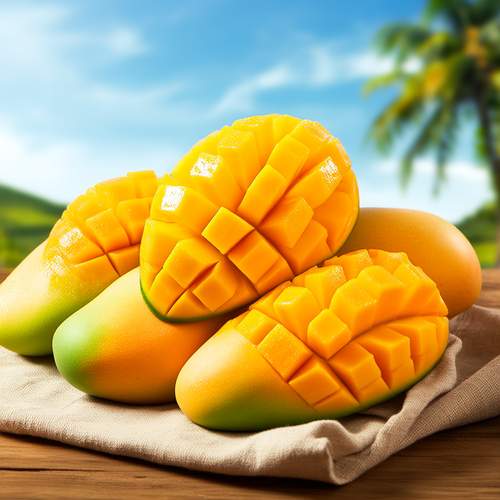
By /May 26, 2025
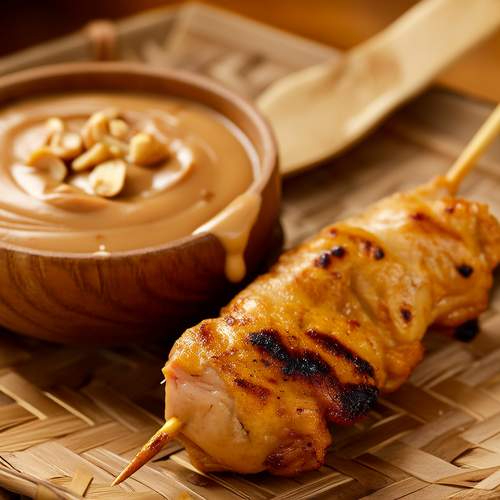
By /May 26, 2025
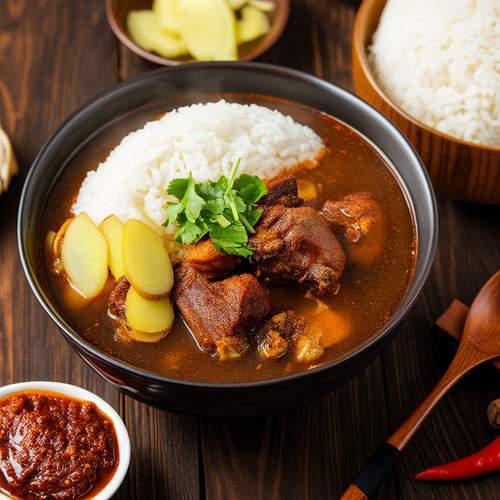
By /May 26, 2025